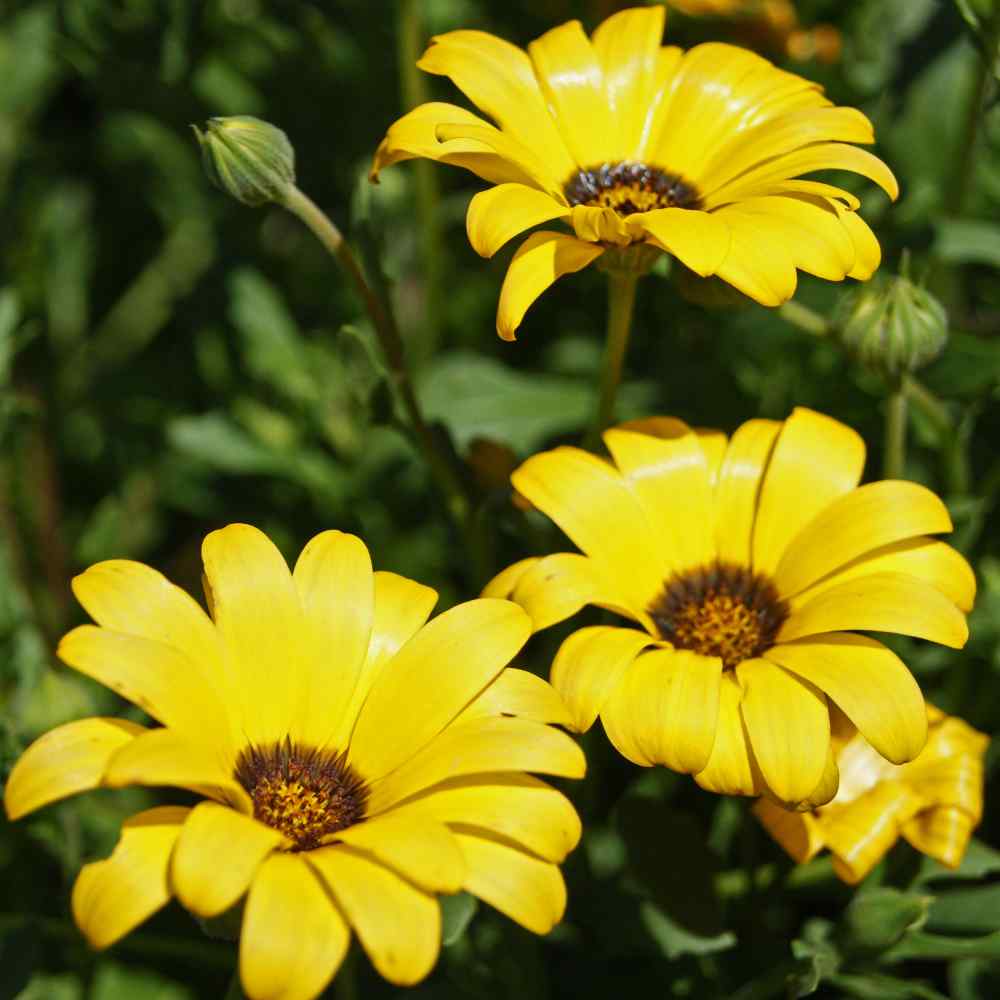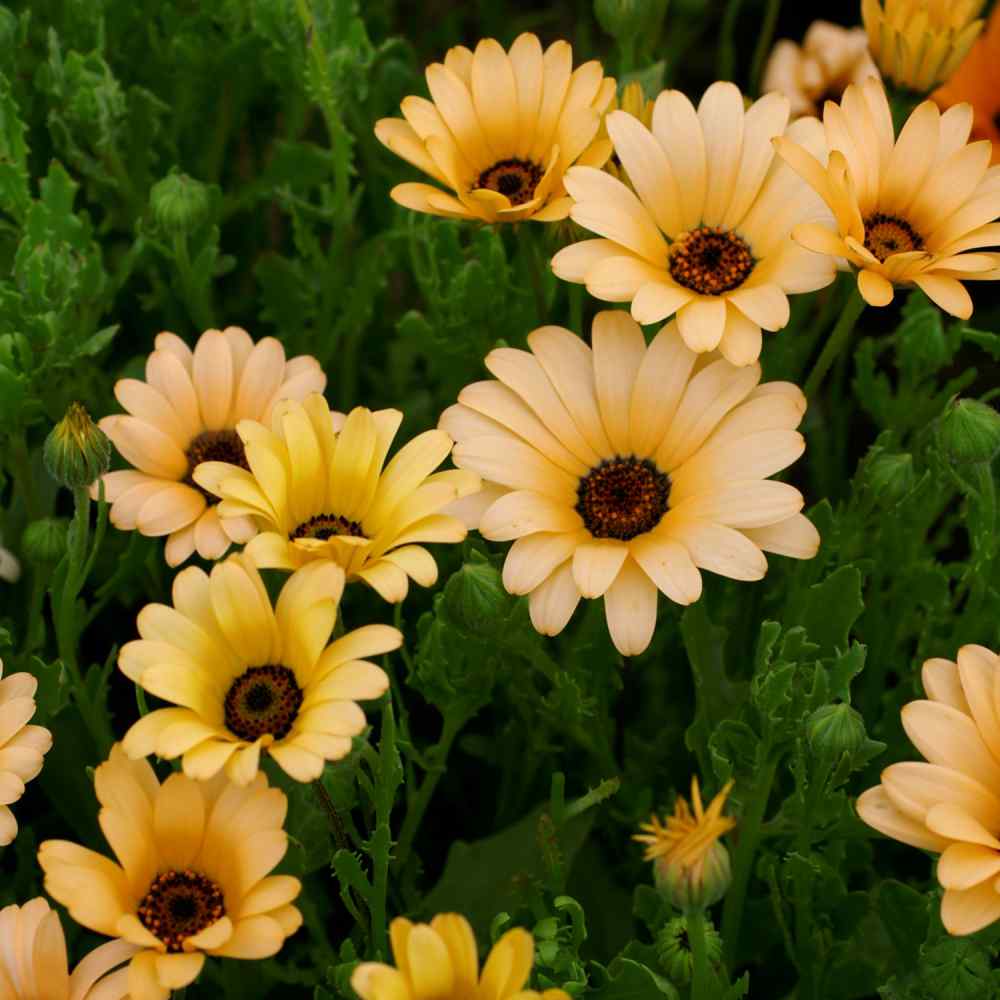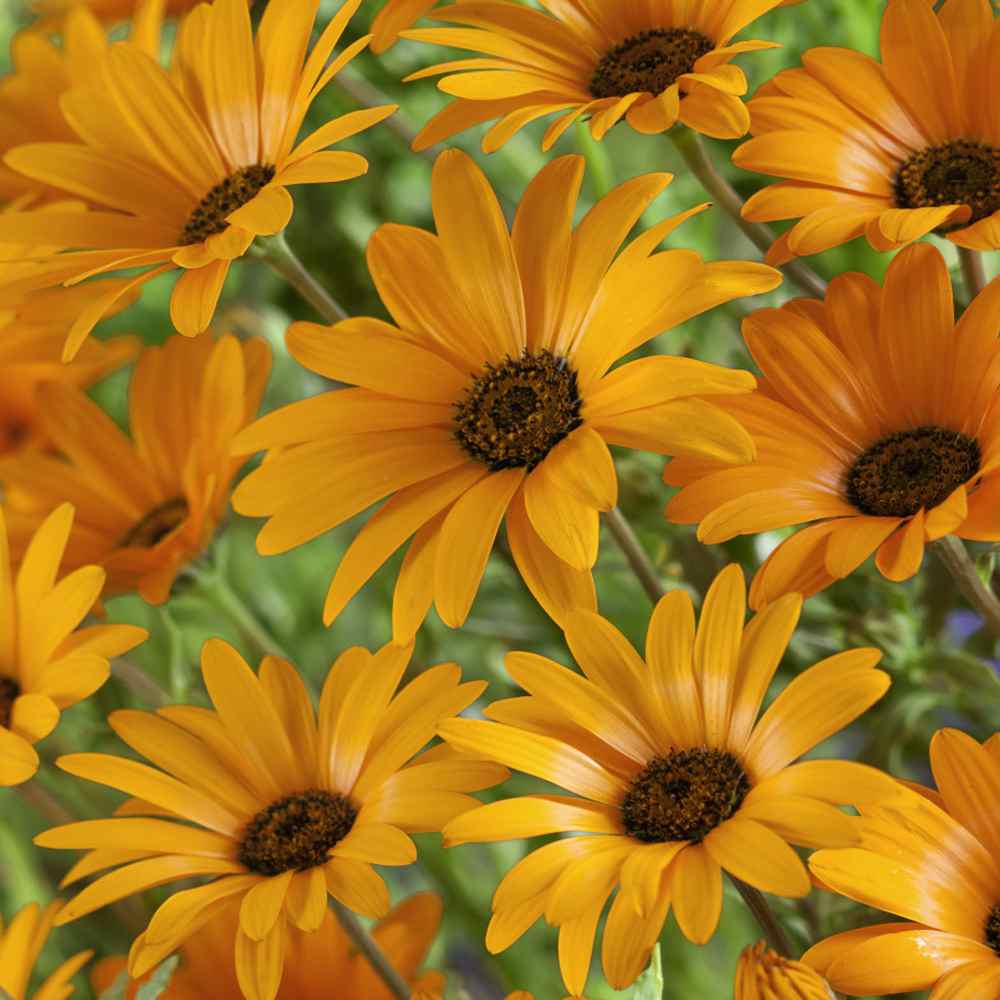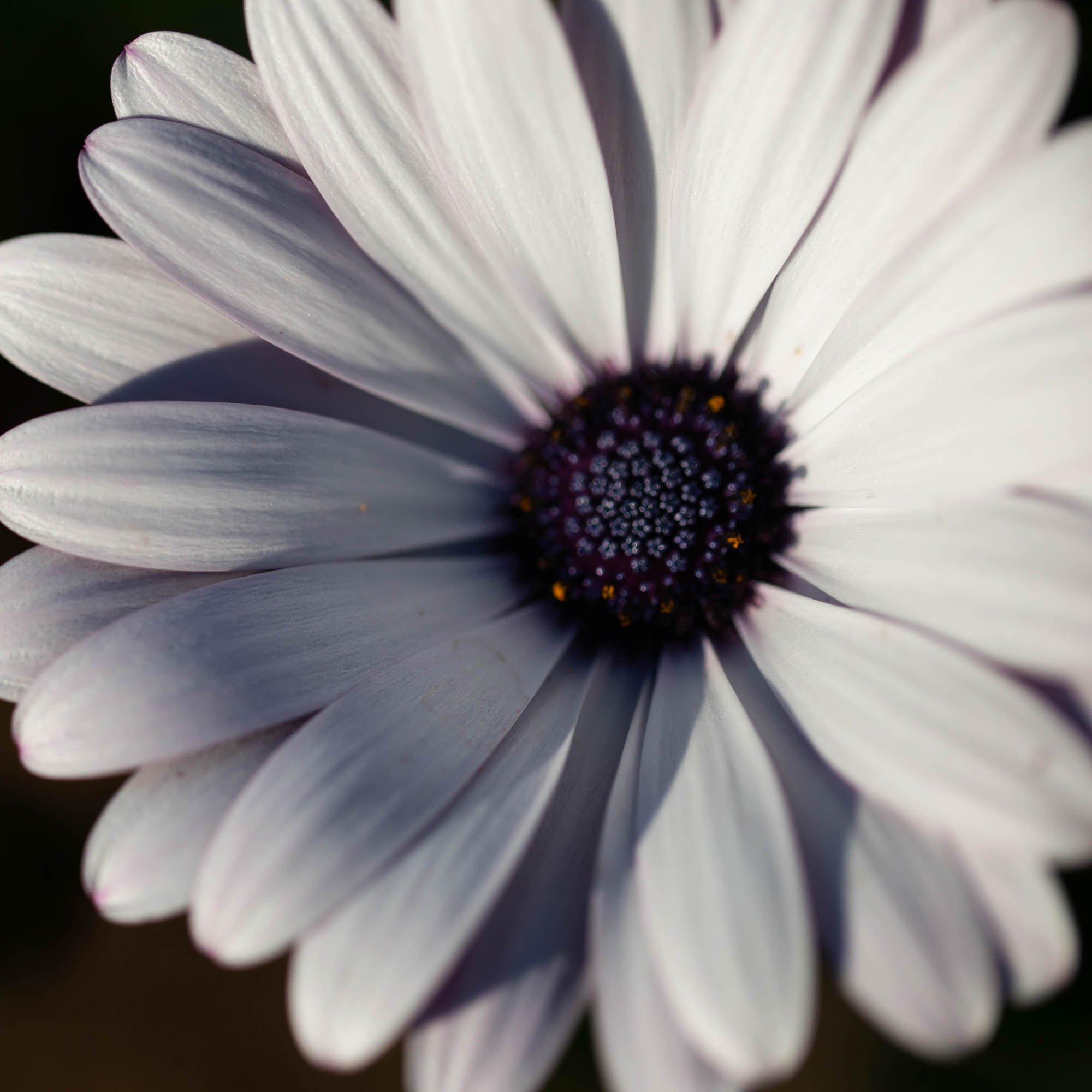
African Daisy Planting Guide
Quick Facts About African Daisy
Also called Cape Marigold, African Daisy (this being Dimorphotheca, not to be confused with Osteospermum) is an upright plant that welcomes pollinators. It produces showy flowers which close at night or during overcast weather.
Planting Time
African Daisy seeds can be planted indoors in late winter, or directly outside in Zones 9 or warmer once frost danger has passed.

Planting Location
Plant in full sun with well-drained soil.
How to Plant African Daisy
- Sow these seeds directly into the garden at a depth of 1/16 inch after the risk of frost has passed. Sow 2-3 seeds per plant. Keep seeds moist until germination.
- Seeds can also be started indoors for a jump on the growing season. Sow into small pots in the winter, 6-8 weeks before the last expected frost. Maintain moisture and keep seeds at a temperature of 60-65F, and they will germinate in about 2 weeks.
- Transplant established seedlings into garden when temperatures are consistently warm.
- Before transplanting, seedlings need to be “hardened off”. Accustom young plants to outdoor conditions by moving them to a sheltered place outside for a week. Be sure to protect them from wind and hot sun at first. If frost threatens at night, cover or bring containers indoors, then take them out again in the morning. This hardening off process toughens the plant’s cell structure and reduces transplant shock and scalding.
- Space plants 10 inches apart in their final growing location.

Care And Maintenance
- Maintain weed control throughout the growing season. Weeds can compete with plants for water, space, and nutrients, so it's essential to manage them by regular cultivation or by applying mulch to stop their seeds from sprouting.
- Mulches play a crucial role in retaining soil moisture and regulating soil temperatures consistently. When dealing with annual plants, using organic mulch made from shredded leaves can enhance the appearance of the bed naturally and enrich the soil as it decomposes over time. Remember to avoid placing mulch directly against a plant's stems to avoid potential rot issues.
- African Daisy should be watered moderately once established. Avoid wetting foliage when doing so: this, as well as overwatering, can lead to fungal disease.
- When planting, perform a light application of all-purpose fertilizer.
- African Daisy thrives in hot climates, and is quite drought tolerant. It will die in winter, but you can leave spent blooms to encourage reseeding.




































